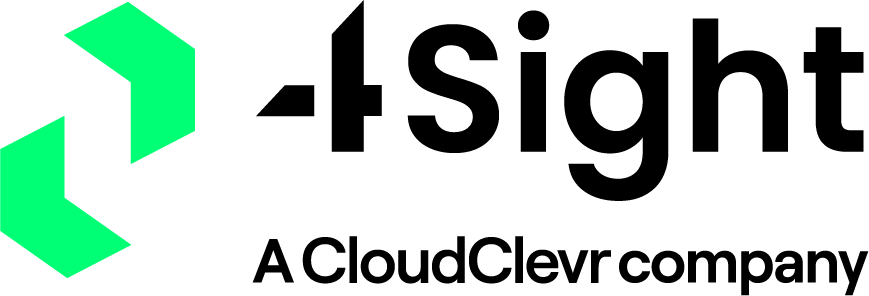What is Call Center Average Wait Time and 3 Ways to Reduce It

“Your Call Is Important To Us”
When your customers hear that, do they really believe it? The longer you make them wait, the less important they feel. Knowing how long it takes to answer customer calls can help you answer that question, and Average Wait Time has become a contact center key performance indicator for just that reason. But just what is Average Wait Time, and what are some of the ways you can reduce it to help ensure that customer calls are being answered quickly and effectively?
What Is Call Center Average Wait Time?
Definition: Average Wait Time (AWT), also known as Average Speed of Answer (ASA), is the average time an inbound call spends waiting in queue or waiting for a callback if that feature is active in your IVR system. This differs from Average Handle Time, or AHT, which is the average time an agent takes to complete a call or customer interaction. AWT can be measured globally across the contact center, by queue, skillset, agent group, agent or phone number. The traditional call center industry standard service level is 80/20, or 80% of calls answered within 20 seconds, but there are a few reasons why this might not always be an optimal number.
“Acceptable Waiting Time And Customer Satisfaction”
In 2014, a study by American Express found that the maximum amount of time callers were willing to wait was a whopping 13 minutes. A similar study just three years later by Arise found that while around two-thirds of consumers would accept hold times of less than two minutes, 13% said that no hold times at all were acceptable. What’s more, about 34% or one-third of callers hang up and never call back if their call is not answered quickly. This is also known as Abandonment Rate, another important call center metric.
This data shows a rapidly increasing trend toward customer expectations of service that is very fast if not instantaneous. In the age of e-commerce and social media, where consumers are used to having real-time service at their fingertips, it’s important that the call center keeps up with that demand.
3 Ways to Reduce Average Wait Time
AWT is a key indicator of the health of your contact center, giving you a big-picture number that speaks to IVR optimization, agent performance and more. Addressing any of those factors can help reduce AWT and abandoned calls, but sometimes the answer isn’t as simple as just getting your numbers down. Here are a few general tips that can help any company reduce long hold times:
1. Optimize Your Contact Center Call Queue
People often report having a frustrating customer experience with ineffective IVR which might give them confusing option trees, route their call to the wrong places, or misread their inputs. Test your IVR to make sure your callers can get through quickly to the right department, minimizing the amount of time they spend waiting for call center agents who may end up having to transfer the call anyway.
2. Change Up Your Workforce Management Strategy
Agents who can handle their calls faster and more efficiently can better resolve their callers’ needs, leading to higher rates of first call resolution and customer satisfaction. Additionally, if call center representatives are empowered to monitor their own number of calls in queue, they can be incentivized to reduce call times when queues are above a certain threshold. Of course, if you feel that your contact center’s quality management is already as good as it can be, it might be time to hire more staff.
3. Relax Your Call Center Service Level
Sometimes the key to improving customer experience is not actually reducing average wait time, but providing a superior experience to fully answer questions and not hurry the call. If your contact center metrics show that you can relax service level from 80/20 to, say, 80/30, 80/60 or more with negligible impact on abandonment rate, then there might be other factors your customers are interested in than less waiting time. Studies show that 75% of consumers are willing to spend more money with a company that provides positive customer service, and callers expect their customer service representative to be friendly, knowledgeable and effective, as well as fast.
Improving AWT In Your Contact Center
Reducing average wait time for your callers is just as important to customer satisfaction as the amount of time it takes for agents to resolve their needs. Whether that means optimizing your IVR system and ACD, hiring more representatives or giving them additional training to work through queues faster, there are as many techniques available as there are metrics to assess their success.
This article was first published by Mitel.



